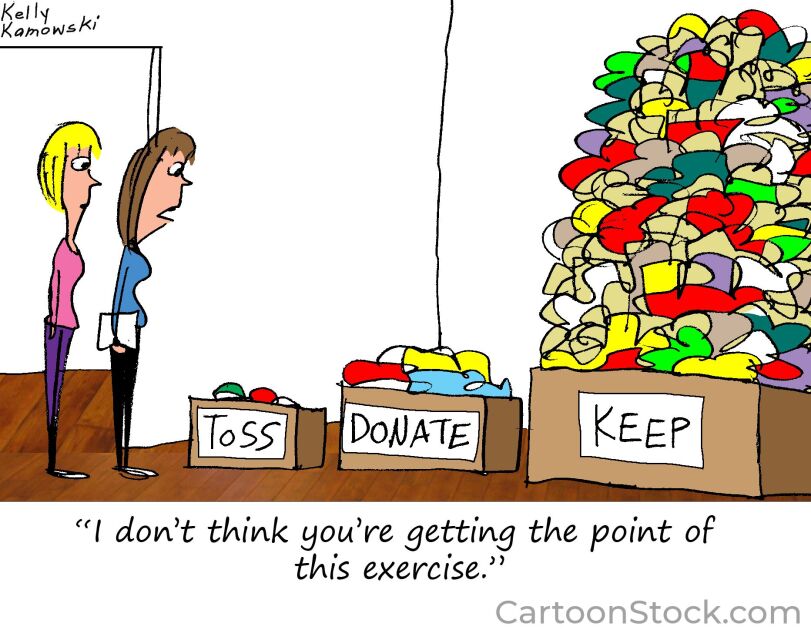Dating back to the dawn of the Space Race, calls to improve young people’s mastery of the academic material undergirding U.S. technological strength have been a recurrent refrain in American education.
In the past few years, the leitmotif has grown louder, amplified by concerns about competition from well-educated yet lower-paid foreign workers and the perceived precariousness of U.S. prosperity. Business leaders, governors, and others are urging a redoubled commitment to strengthening U.S. students’ preparation to succeed in the subjects known by the increasingly familiar shorthand of STEM.
As Technology Counts makes clear, American education is listening.
The calls to improve education in the STEM fields of science, technology, engineering, and mathematics come despite increased expectations over the past quarter-century. In its landmark 1983 report A Nation at Risk, for example, the National Commission on Excellence in Education cited 1980 data showing that 35 states required students to take only one year of math to earn a high school diploma, and 36 states required only one year of science.
Today, 38 states require at least three years of math or are phasing in that standard. And 35 states require at least three years of science before graduation, or will add that mandate soon.
Executive Summary |
Feature Stories • States Heeding Calls to Strengthen STEM
• Learning to Teach With Technology
• Cultivating a Diversity of Talent
|
|---|
State Data Analysis |
| Table of Contents |
Yet whether those higher expectations are paying off in the performance needed in a society saturated with sophisticated technology is less clear. Equally uncertain is whether U.S. students have the resources they need, starting with access to fully qualified teachers, to master material that becomes more complex and demanding every year.
The United States typically scores toward the middle of the pack in international comparisons of math and science understanding among students in industrialized nations. At the same time, the latest results from the National Assessment of Educational Progress reveal grounds for concern, especially among 12th graders.
In math, while 4th graders’ performance on the federally sponsored NAEP tests has climbed appreciably this decade, six in 10 students still fall short of the proficiency bar. For 8th graders, the trend has also been up in math—albeit more modestly—but fewer than a third of students scored as proficient or advanced in the latest testing.
In science, 4th and 8th grade scores have changed only slightly since 2000, and in the most recent testing, only 27 percent of students in both grades scored at the proficient level or above in the subject. Among 12th graders, the proportions of students’ reaching proficiency on NAEP are lower, and largely stagnant, in both math and science.
Meanwhile, nearly four in 10 public school teachers assigned to teach math in grades 7-12 lack a college major in the subject, and nearly a quarter of secondary school teachers of science lack that credential. (“Teachers With Majors in Assigned Fields,” March 27, 2008.)
Against that backdrop, players with a significant role in shaping precollegiate education are responding. As this report makes clear, educators and policymakers in the states, federal government, teacher-training programs, professional groups, and local schools are paying attention to the ever-louder demands to do more on STEM.
Many states, for their part, are buying into the notion that their fates in an increasingly competitive global economy will hinge on how well their young people are equipped to use and create the high-tech tools of tomorrow.
Strategies that states are pursuing include raising the bar for high school coursetaking in math and science; offering monetary incentives for students to enter STEM fields, including teaching; establishing new schools specializing in STEM subjects; strengthening career and technical education; expanding online instruction, including in advanced math and science; and supporting new approaches to STEM instruction, many involving technology.
The federal government, too, is moving to shore up its many efforts to promote STEM education. Among the goals are better coordination among the disparate federal agencies involved in such initiatives, improved dissemination of best practices in STEM education, and stronger research on what works.
Results from the National Assessment of Educational Progress show steady improvement in mathematics since 1990. The proportions of 4th and 8th grade students reaching the proficient level on the national test have more than doubled during that period. By contrast, science performance remained largely steady in grades 4 and 8 from 1996 to 2005, while 12th graders posted declines.

SOURCE: National Center for Education Statistics
Some of the education community’s growing STEM efforts are targeting groups that have underachieved in those subjects or shied away from them, including African-American, Hispanic, and female students. Programs are under way as well to bolster students put at educational disadvantage by poverty, in the hope of cultivating a more diverse talent pool in the STEM fields.
Educators at the grassroots are also working to ramp up competency by taking advantage of the ever-growing supply of STEM-related competitions. Such contests often give students and teachers the chance to experience the STEM disciplines as a whole, with the real-world applications of academic subjects front and center.
That interdisciplinary approach—which is being put into practice at places like the Baltimore school profiled in this report—is being seen by experts as critical for taking the nation’s STEM performance to the next level.
Getting beyond subject-matter silos and melding disciplines is equally apparent in the efforts in teacher education programs to infuse technology directly into the teaching of science and math courses, rather than to provide technology instruction to aspiring educators in a vacuum.
In addition to the articles and data exploring these and other subjects, this year’s Technology Counts again grades the states on their technology leadership and features online-only reports on each state’s performance on the report’s technology indicators.





